best historical local markets in the world
Whispers of the Past: Exploring the World's Forgotten Local Markets
Local markets have long been the throbbing heart of communities, buzzing with the vibrant trade of goods, culture, and stories. However, as the world spins ever faster in a digital orbit, these treasure troves of tradition risk slipping into the shadows. This exploration dives into the world's forgotten local markets, where the whispers of history speak to those willing to listen.
• The Last Bastions of Traditions
1. Chaouwara Tanneries, Fez, Morocco
Nestled within the winding alleys of Fez's Medina, the Chaouwara Tanneries is a living monument to Morocco's ancient traditions. Since medieval times, artisans have adhered to the centuries-old tanning processes, virtually untouched by modernity. They skillfully navigate the historic pits filled with vibrant natural dyes and traditional tanning solutions, transforming raw hides into exquisite leather goods.
This sensory and vivid tableau directly links to the past, showcasing Moroccan artisans's enduring skill and dedication. Spectators from the surrounding terraces are treated not just to a view of the tanneries but to a window into the soul of Fez, where tradition proudly resists the sands of time.
2. Tsukiji Fish Market, Tokyo, Japan
Even after relocating its famed inner market, Tsukiji's rich history and tribute to Japan's seafood legacy live in its vibrant outer market. Renowned for its unmatched selection of fresh seafood, Tsukiji has been the heart of Tokyo's culinary landscape since 1935.
The enduring stalls and shops, many run by families for generations, continue to offer an authentic taste of Japanese gastronomy. As the sun rises, the air fills with the sounds of spirited bargaining, the slicing of the day's freshest catch, and the warm greetings of vendors—preserving a community spirit synonymous with Tsukiji's legacy.
3. La Boqueria Market, Barcelona, Spain
Encapsulating the essence of Spanish cuisine and Barcelona's vibrant lifestyle, La Boqueria Market is more than just a market; it is a cultural icon. It dates back to the 13th century and is situated off the bustling Las Ramblas. Today, La Boqueria is a mosaic of colors and aromas, where locals and visitors come to sample Iberian ham, fresh seafood, and various fruits and vegetables.
The market serves as a living library of Catalan culinary traditions, offering an immersive experience that delights the senses and celebrates Spain's rich food heritage.
4. Grand Bazaar, Istanbul, Turkey
With its history over half a millennium, the Grand Bazaar in Istanbul is one of the world's oldest and largest covered markets. It is a trove of Turkish culture, a maze of over 60 alleys and 4,000 shops, offering everything from handmade carpets and lamps to jewelry and ceramics.
One is enveloped in the smells of spices, leather, and freshly brewed Turkish tea. The Grand Bazaar remains a vital part of Istanbul's social and economic life, where the past converges with the present in a lively exchange of goods, stories, and traditions.
These markets, each with its unique charm and history, are vital threads in the fabric of their societies. They symbolize the resilience of cultural traditions, surviving and thriving as centers of community, craftsmanship, and heritage in an increasingly globalized world.
Through their continued existence, they teach us the value of preservation, the beauty of tradition, and the importance of connection in our ever-changing world.
• Markets as Cultural Time Capsules
1. Khan El-Khalili, Cairo, Egypt
Nestled in the heart of Cairo, Khan El-Khalili isn't just a market; it's a portal to the past. Established during the Fatimid dynasty, this bustling bazaar has served traders and shoppers for centuries. The air is thick with the aroma of spices, and the sounds of bargaining echo off walls that have witnessed the passage of time.
Amidst its labyrinthine alleys, one can uncover treasures ranging from intricately woven textiles to handcrafted silverware, each holding stories of ancient craftsmanship. Khan El-Khalili stands as a testament to Egypt's rich history, offering a tangible connection to the lives and traditions of its people through the ages.
2. Chandni Chowk, Delhi, India
Chandni Chowk, the beating heart of Old Delhi, presents a vibrant collage of India's historic grandeur and bustling modern life. Built in the 17th century by the visionary Mughal Emperor Shah Jahan, this market has watched the world change while retaining its original allure.
It's a place where centuries-old havelis (mansions), tiny shops, and street food vendors coexist, offering an eclectic mix of goods from hand-embroidered fabrics to electronic gadgets. The kaleidoscopic streets of Chandni Chowk, alive with the buzz of locals and tourists, encapsulate the spirit of Delhi—a city forever rooted in its past yet swiftly moving towards the future.
3. Pike Place Market, Seattle, USA
Pike Place Market in Seattle, USA, is a symbolic locale brimming with history, where its classic neon sign and timepiece have stood as community beacons since 1907. Recognized as one of the oldest farmers' markets in continuous operation in the United States, it is the heart of the Pacific Northwest's vibrant essence.
Perched above the scenic Elliott Bay, the market is celebrated for its fresh produce, succulent seafood, and a diverse range of handcrafted goods. Visitors can delight in the spectacle of fishmongers deftly hurling salmon across stalls, enjoy the aroma of freshly brewed local coffee, and meander through a labyrinth of unique stores nestled within the market's historic nine-acre district.
As a lively testament to Seattle's rich cultural mosaic and gastronomic heritage, Pike Place Market is a dynamic monument to the community's enduring ethos.
4. Jemaa el-Fnaa, Marrakech, Morocco
Jemaa el-Fnaa, the heart of Marrakech's medina, pulsates with the rhythms of Moroccan life. As the day unfolds, this UNESCO World Heritage site transforms from a bustling market to a grand stage for an open-air spectacle. Snake charmers, fortune tellers, acrobats, and musicians share space with vendors selling freshly squeezed orange juice, traditional Moroccan lanterns, and aromatic spices.
At sunset, the square becomes an immense open-air dining area, brimming with stalls that serve an array of Moroccan delights. Jemaa el-Fnaa is not just a market but a cultural phenomenon, where the rich tapestry of Moroccan heritage is played out daily, captivating the senses and the imagination.
Each is a living museum in its own right, and these markets guard cultural heritage. They are places where history is preserved and palpable—felt in the craftsmanship of the goods sold, heard in the stories told, and tasted in the traditional flavors. In navigating these markets, one traverses centuries, finding commodities and the enduring spirit of human culture and connection.
• The Challenge of Preservation
Traditional markets face numerous challenges threatening their survival and integrity in the modern age. Their ability to remain relevant and functional amidst the ever-evolving landscape of commerce and urban development is paramount for their historical importance and the cultural and social roles they fulfill in their communities.
Threats to Survival
1. Encroaching Modernization: As cities expand and modern infrastructure takes root, many traditional markets are threatened by commercial development and urban gentrification. The charm and historical context these markets offer are often overshadowed by the lure of modern shopping centers equipped with the latest conveniences.
2. Economic Challenges: Maintaining the economic viability of traditional markets is a significant challenge. These markets often require regular maintenance of ancient infrastructure, posing financial burdens that can only be sustainable with sufficient revenue and support.
3. Preference for Convenience Shopping: The rise of online shopping and large chain supermarkets offers convenience and price competition that traditional markets often struggle to match. This shift in consumer behavior can lead to diminished foot traffic and reduced sales for conventional vendors.
Preservation Efforts
1. UNESCO Heritage Lists: Several have been designated as UNESCO World Heritage Sites. This status helps protect them and raises international awareness about their historical value, boosting tourism and interest.
2. Local Initiatives for Market Revitalization: Many communities have revitalized their markets by improving infrastructure, enhancing security, and promoting local goods and artisans. Efforts include organizing cultural events and festivals celebrating the markets' unique heritage, which draws locals and tourists.
3. Global Awareness Campaigns: Organizations and activists are increasingly harnessing the power of global platforms and social media to highlight the importance of traditional markets. These campaigns aim to educate the public on the intrinsic value of these markets and mobilize international support for their preservation.
Together, these challenges and preservation efforts depict a dynamic battleground where the past meets the future. How these markets adapt and are supported determines their survival and influences how effectively they continue to serve as vibrant hubs of culture, economy, and community life.
Economic and Social Role of Historical Markets
• Supporting Artisans and Craftsmanship: These markets often provide a platform for local artisans to preserve and pass on their craft.
• Community Spaces: These markets are more than a place to trade; they often become central spots for community gatherings and social interactions.
The Way Forward
Adopting a forward-looking approach that synergizes heritage with innovation is imperative to ensuring the longevity and relevance of traditional markets in an ever-evolving world. The way forward lies in embracing the forces that challenge their existence—technology and changing consumer behaviors—and turning them into allies to help these cherished institutions flourish in the 21st century and beyond.
Integrating Technology
1. Virtual Market Experiences: Technology can open doors to global audiences by offering virtual market tours and online shopping experiences that closely replicate the ambiance of physical markets. Through immersive technologies like 360-degree video and VR and the innovative use of AI voice cloning to create multilingual guides, remote customers can navigate the maze of stalls and interact with vendors, bridging the gap between the local and the global.
GIFs capturing vibrant market scenes and vendor interactions can further enrich these virtual experiences, making them more engaging and memorable. Adding captions to these videos can enhance understanding for those with hearing impairments or who prefer reading to listening.
2. E-Commerce Platforms for Artisans: Artisans and small businesses can reach a broader customer base by creating online marketplaces specifically for these traditional markets. Through these platforms, they can showcase their products and share the stories behind their crafts, adding an emotional value and authenticity that mass-produced items lack.
3. Digital Payment and Inventory Systems: Incorporating modern digital payment options and inventory management systems can streamline operations, making it easier for market vendors to compete in the current economic climate. This meld of old and new enhances the customer experience and ensures that the past's charm meets the future's convenience.
Sustainable Tourism
1. Educational and Immersive Tours: Developing tours that educate visitors on traditional markets' historical, cultural, and social significance can foster a deeper appreciation and understanding. By offering hands-on experiences such as cooking classes with local ingredients or craft-making sessions, tourists can become active participants in preserving the market's heritage.
2. Destination Stewardship: Collaborative efforts between market organizers, local communities, and tourism operators ensure that the growth in visitor numbers is managed responsibly. This stewardship helps maintain the integrity of markets, prevent the commodification of culture, and ensure that tourism dollars contribute to preserving these spaces.
3. Promoting Local Goods: Encouraging tourists to purchase local goods helps sustain the vendors and aids in maintaining cultural traditions. Tourists become ambassadors of the market's heritage when they buy local crafts and share their experiences with their communities back home, creating a ripple effect of support.
By recognizing the value of traditional markets and actively engaging in strategies to revitalize and preserve them, we pave the way for their continued existence. Integrating technology and sustainable tourism practices allows these markets to retain their cultural significance while adapting to modern demands—ensuring they remain thriving centers of community life and cultural exchange for future generations.
Conclusion
The world's forgotten local markets are repositories of human history, culture, and social connection. Recognizing their value is the first step in ensuring that these whispers of the past continue to echo into the future, offering sound and enriching stories and experiences to future generations.

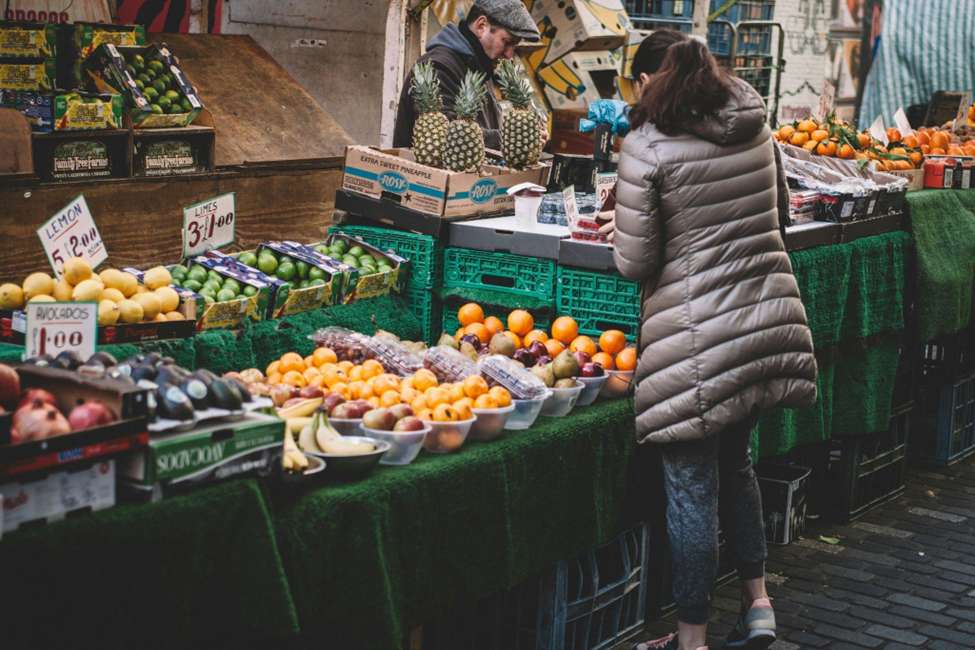

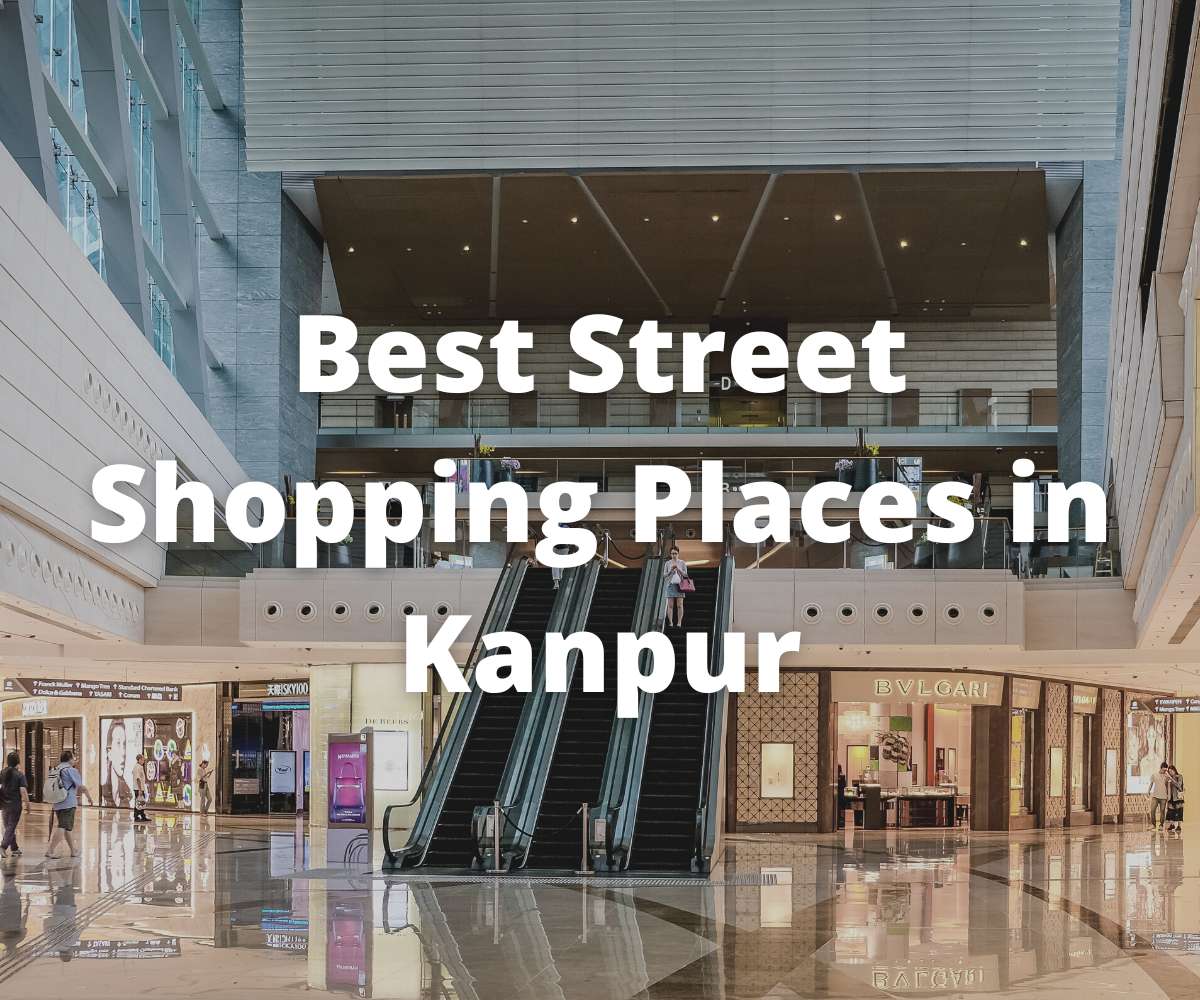
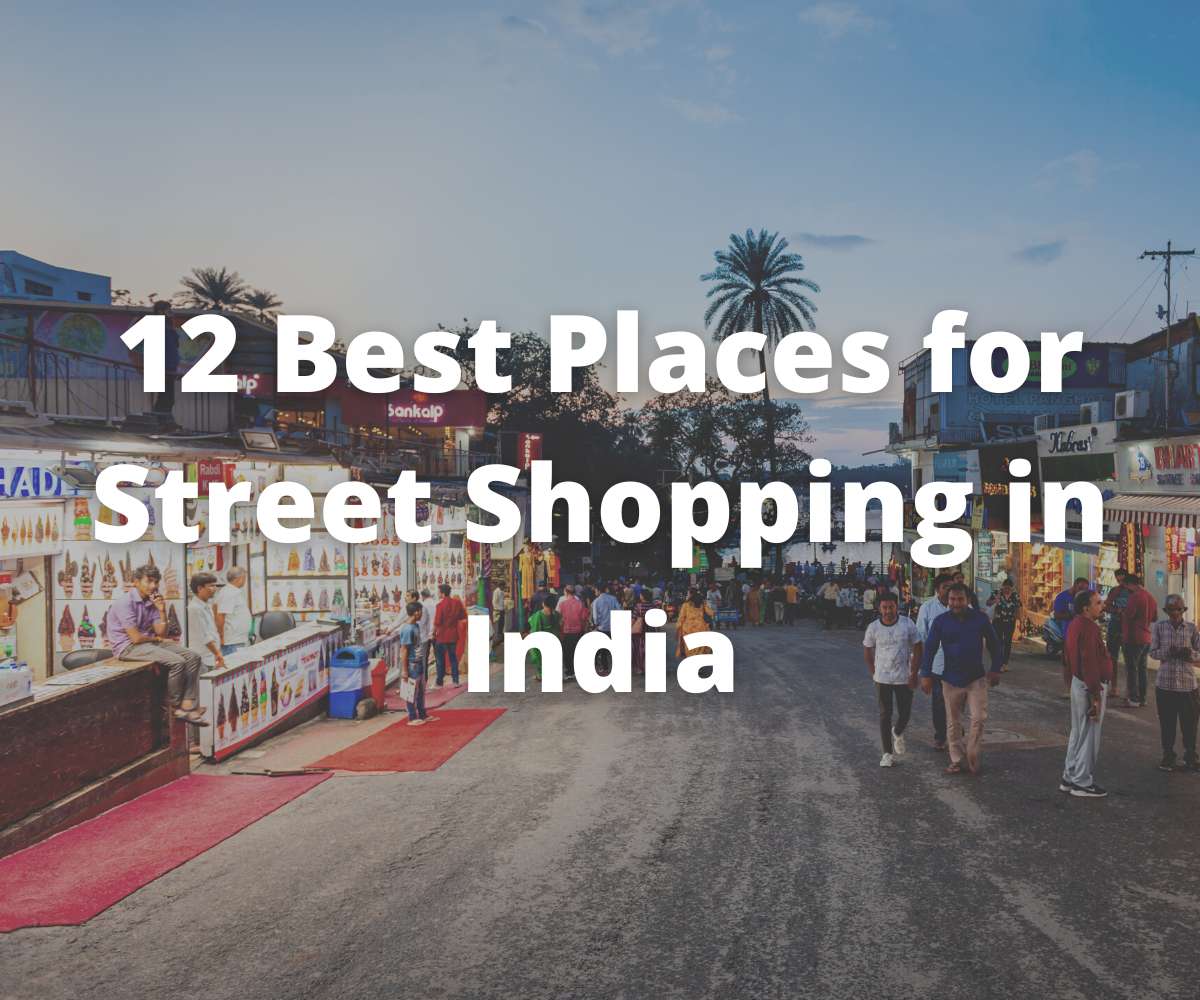
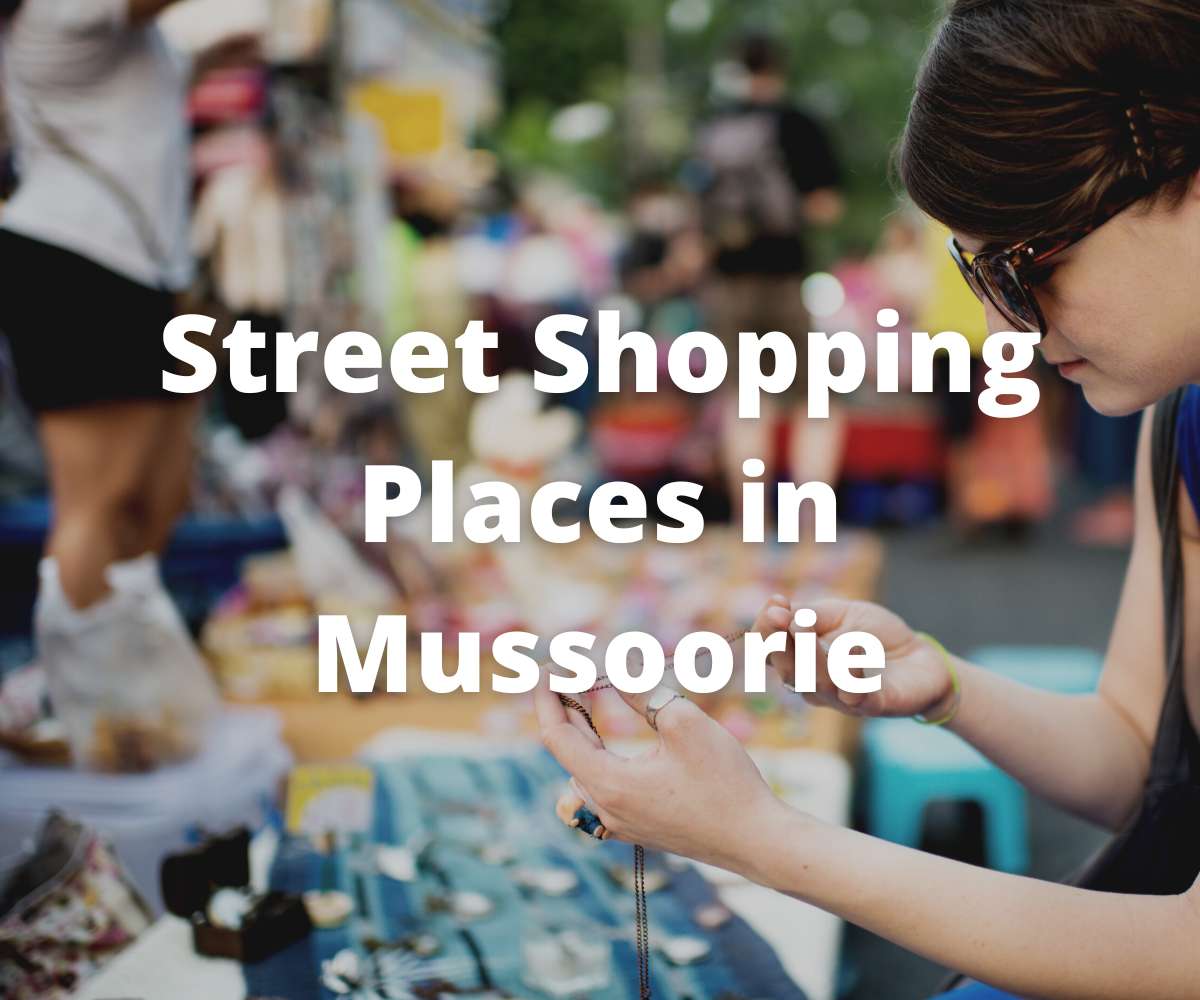


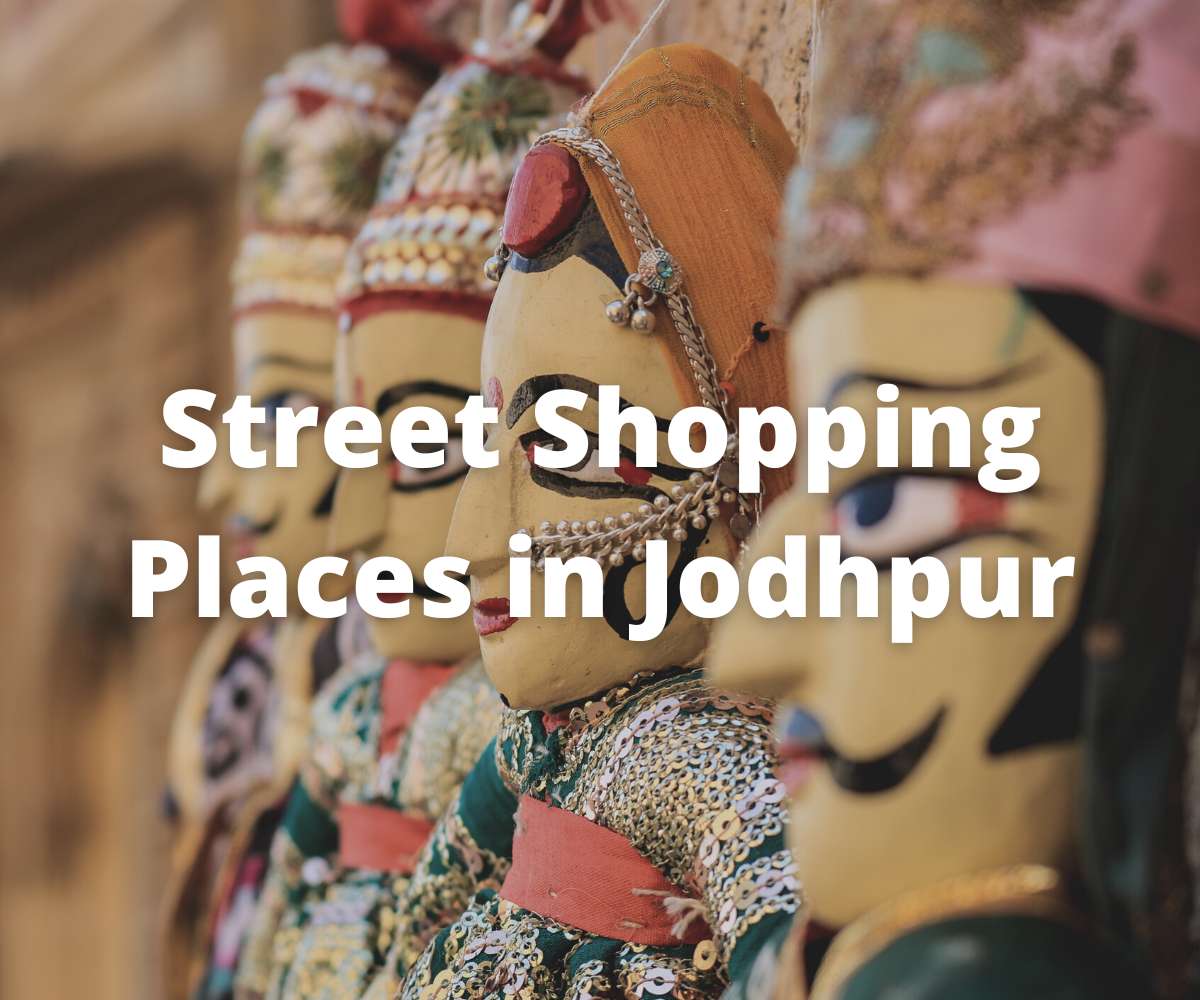
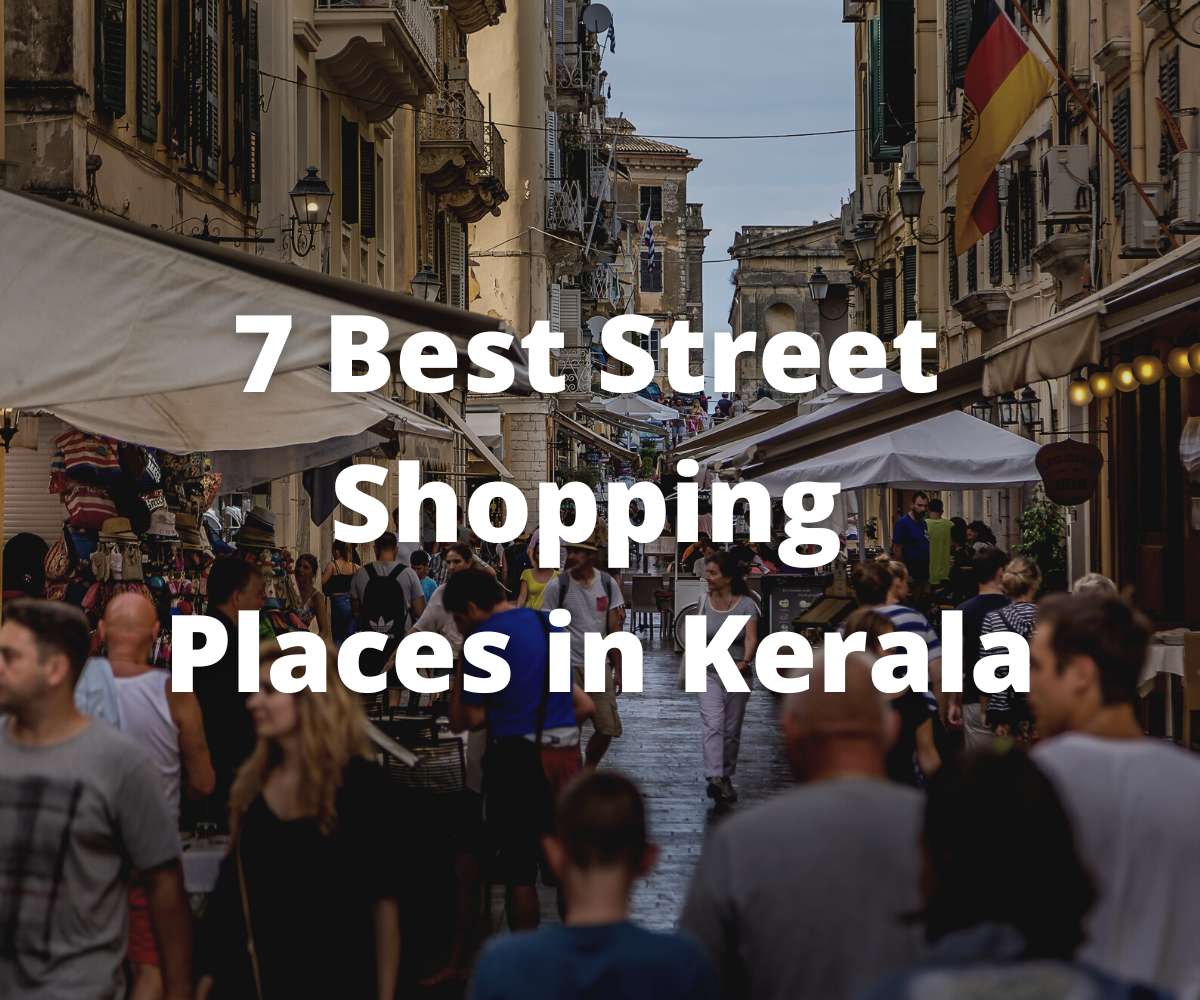
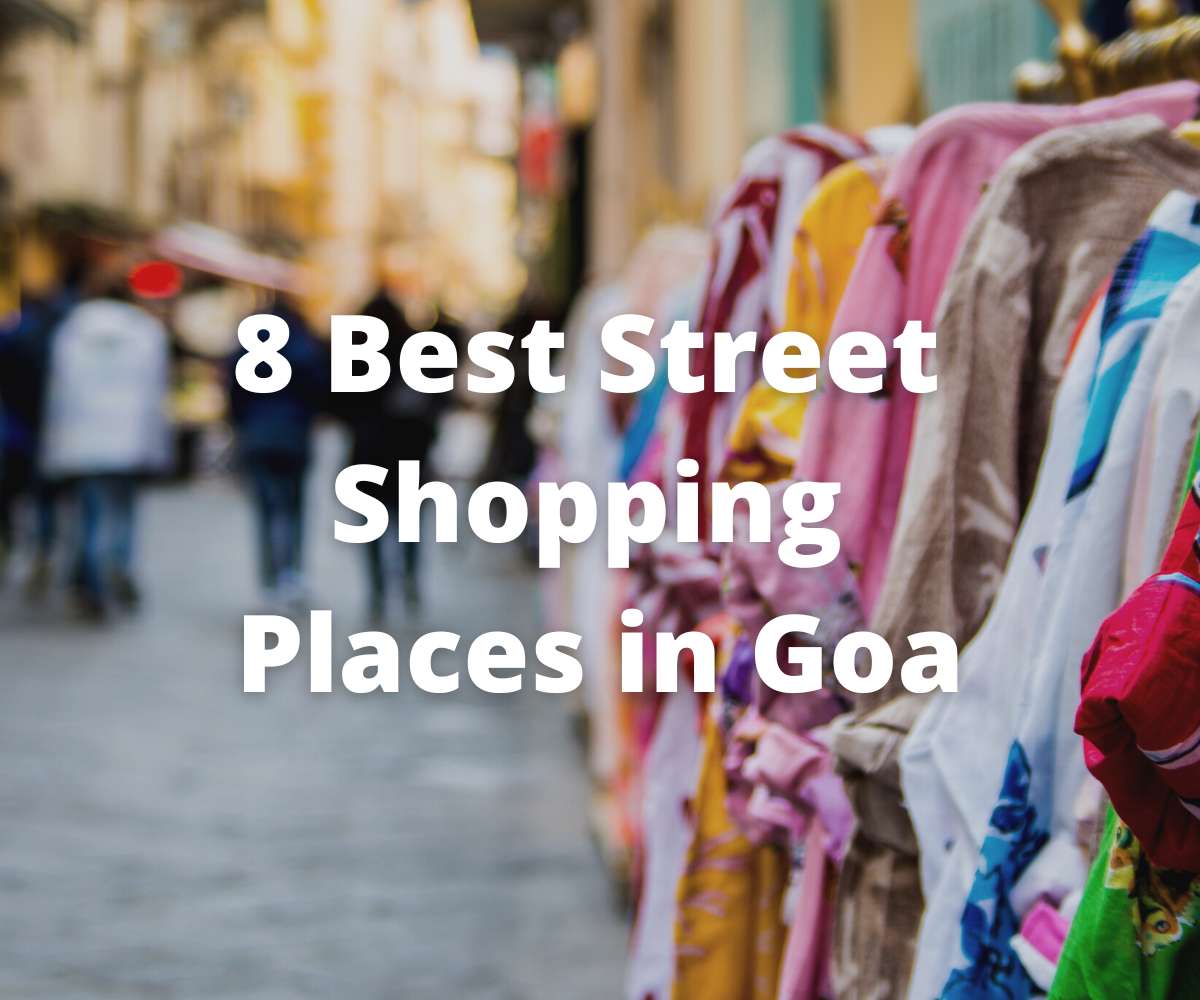

Comments (0)